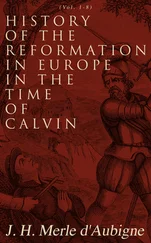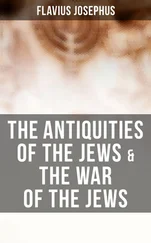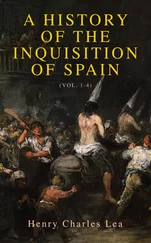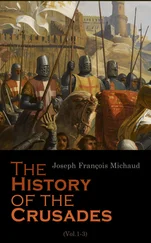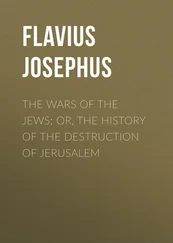From Seville the persecution swept like a raging torrent over a large portion of Spain. Its progress was stimulated more by a craving for plunder than by fanatical eagerness to proselytize. Cordova, the parent community of the Peninsula, the mold in which the high character of Spanish Judaism had been cast, was the next scene of its activity. Here also many Jews were cruelly murdered, and a large number forced to embrace Christianity. On the fast day commemorating the fall of Jerusalem (Tammuz 17th–June 20th) the population of the capital, Toledo, rose against the largest Jewish community in Spain. The blood of the believers in the unity of God, who steadfastly refused to change their faith, deluged the streets. Among the many martyrs who fell at Toledo were the descendants of the Asheri family. They met death with the same unflinching courage as their German brethren. Jehuda ben Asher II, one of Asheri's great-grandsons, who lived in Burgos, but happened to be at Toledo, took with his own hands the lives of his mother-in-law and wife, and then his own. Here also a large number went over to Christianity. About seventy communities were visited by this terrible persecution, among them those of Ecija, Huete, Logroño, Burgos, Carrion, and Ocaña. At Ascalona not a single Jew remained alive. The thoroughly maddened Christian population meditated a similar fate for the Moors, or Mahometans, living in the kingdom of Seville. The more prudent among them, however, pointed out the danger of such a step, reminding them that the Christians living in the Mahometan kingdom of Granada, or held as prisoners by the Moors on the other side of the straits of Gibraltar, might be sacrificed in retaliation. The massacre of the Moors was consequently abandoned. The Jews alone were made to drain the cup of bitterness to the dregs, because they were too weak to protect themselves. Nothing demonstrates more impressively that the clergy had succeeded in transforming the people into a race of cut-throats.
In the kingdom of Aragon, where both ruler and people were opposed to Castile, and, as a rule, held that to be wrong which in the latter state was considered right, the hatred and persecution of the Jews were promoted with the same zeal. Here the government was in the hands of the weak but well-meaning king, Juan I, who, absorbed by his love of music and the chase, wielded but little authority, and was the laughing-stock of his generally uncultured subjects. About three weeks after the outbreak at Toledo, the inhabitants of the province of Valencia rose against the Jews (Ab 7th–July 9th). Of the 5,000 souls that constituted the Jewish community in the city of Valencia, not one was left. Some 250 were murdered, a few saved themselves by flight, and the rest embraced Christianity. Throughout the length and breadth of the kingdom the defenseless Jews were attacked with fire and sword, the community of Murviedro alone being spared.
The sanguinary madness then crossed the sea, and alighted on the island of Majorca. In the capital, Palma, a crowd of roughs and sailors paraded the Monte-Zion street, in which the Jews resided, and holding aloft a cross, rudely formed by tying together two cudgels, shouted "Death to the Jews" (August 2d–Ellul 1st). One sturdy Jew, assaulted by the rabble, ventured to defend himself, and severely punished his assailants. Hereupon the mob broke out in uncontrollable violence, and 300 martyrs fell to its fury. Among the victims was the rabbi, En-Vidal Ephraim Gerundi, whose controversy with Solomon Zarfati has already been referred to. A large number of Jews here also sought safety in baptism.
Конец ознакомительного фрагмента.
Текст предоставлен ООО «ЛитРес».
Прочитайте эту книгу целиком, купив полную легальную версию на ЛитРес.
Безопасно оплатить книгу можно банковской картой Visa, MasterCard, Maestro, со счета мобильного телефона, с платежного терминала, в салоне МТС или Связной, через PayPal, WebMoney, Яндекс.Деньги, QIWI Кошелек, бонусными картами или другим удобным Вам способом.

